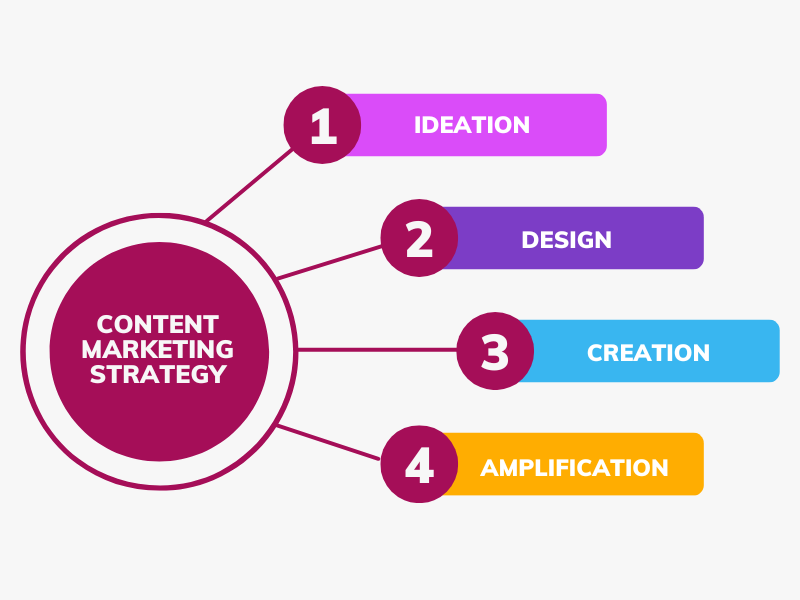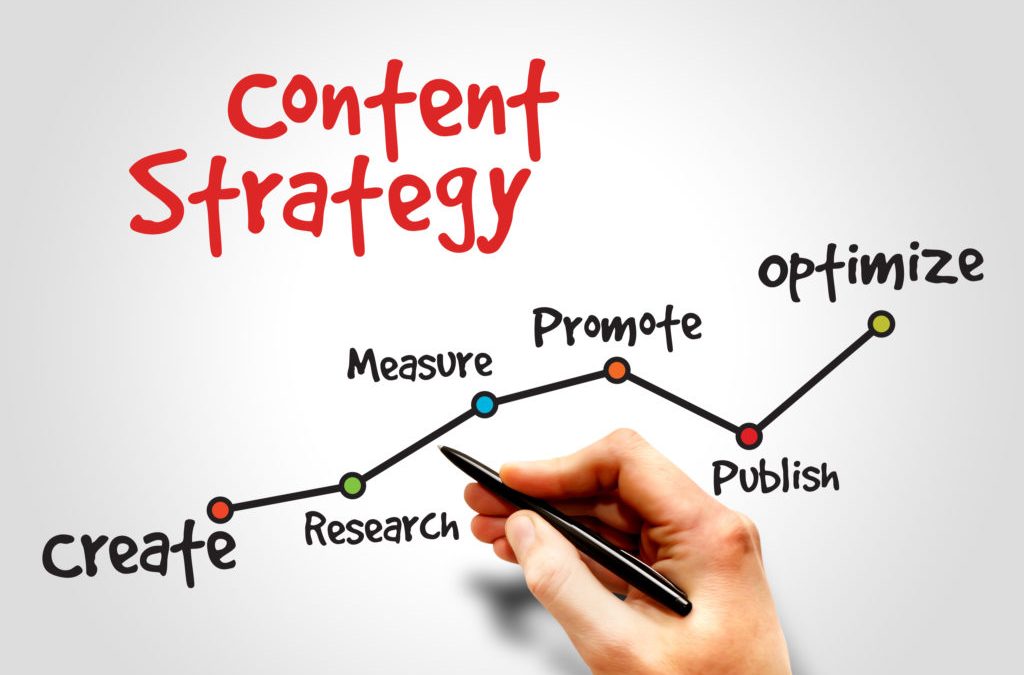Artificial intelligence has fundamentally reshaped the marketing landscape compelling us to rethink every facet of our content strategy. As AI tools keep getting smarter and become a bigger part of how we create and share content, marketers are at a crucial point: should we mix human creativity with AI skills, adjust our strategies for this new AI-driven search world, or stick to what makes human input special? This guide dives into these options to help you create a content strategy that stands the test of time.
The Rise of AI in Content Creation
Using AI to create content isn’t something that’s gonna happen in the future; it’s already happening! Tools like ChatGPT and Jasper make it super simple for anyone to throw together all sorts of content on the spot. Whether you need to write blog posts, product descriptions, video scripts, or social media updates, AI is speeding things up big time. You can really see this shift in the numbers, with a lot of marketing teams gearing up to use AI for their content strategies by 2025.
Statista, “Share of marketers planning to use artificial intelligence (AI) in content marketing worldwide from 2023 to 2025” (2024)
This widespread adoption underscores the transformative power of AI in content marketing.
Challenges AI Brings to Traditional Content Strategy
AI has a lot of cool potential, but its rise comes with some real challenges for traditional content strategies. Because AI can churn out content so easily, we’re seeing a flood of information out there, much of which can be pretty low quality or not very insightful. This brings up issues like plagiarism and duplicate content, making it tough for original, high-quality pieces to grab attention.
Plus, search engines like Google are now putting a spotlight on E-E-A-T (Experience, Expertise, Authoritativeness, Trustworthiness) and real human experiences. With algorithm updates favoring real human stories and unique perspectives, brands are starting to reconsider their reliance on completely automated content.
Blend: Human + AI Collaboration
The most pragmatic approach for many is to blend human creativity with AI capabilities. AI can be a great buddy when it comes to creating content, stepping in at different stages. When brainstorming, AI tools can check out what people are searching for and come up with fun topics and angles to dive into. For making outlines, generative AI can whip up organized ones super quickly, saving you a bunch of time on planning.
When you’re working on drafts, AI is awesome for cranking out quick first drafts for stuff like articles, social media posts, or product descriptions. It gets the ball rolling, and then you can tweak it to sound more like your own voice. Tools like Surfer SEO and Frase are super useful for helping your content show up better in search results.
ChatGPT is perfect for drafting, Jasper helps with tone adjustments, Surfer SEO digs into semantic analysis, Frase automates content briefs, and Grammarly keeps your grammar and readability in check. These tools are becoming essential in the game.
There are some awesome examples out there, like a global B2B software company that managed to double its organic traffic with blogs created by AI. Plus, there’s an e-commerce retailer that saw a 30% boost in conversions thanks to AI-generated product descriptions.
This teamwork between AI and humans lets you work more efficiently while still adding that important strategic insight, storytelling flair, and emotional touch. Research from Harvard Business Review shows just how powerful collaborative intelligence can be!
Adapt: Evolving the Content Strategy to Prioritize Human Value
For many, adapting means focusing on what AI can’t really do: genuine human experience, original research, and a unique brand voice. This means setting up a system where AI helps out writers instead of trying to take their place. The idea is to build a “content moat” – a solid strategy based on unique things like:
- Original Research and Data: Doing your own studies and sharing cool insights.
- First-hand Experience: Using the real experiences of your team and customers.
- Brand Voice and Storytelling: Creating stories that hit home and build connections.
- Community-Driven Content: Getting your audience involved to help create and share content.
By putting these human-focused elements first, brands can make sure their content really stands out in a world filled with AI-generated stuff.
Compete: Differentiating Human-Centric Content
In some instances, the best strategy is to compete directly by emphasizing purely authentic, human-generated content. This means consciously choosing to ditch AI for certain pieces and focusing on what makes your brand unique. This approach is particularly effective for:
- Thought Leadership: Offering unique perspectives and expert opinions that AI cannot generate.
- Opinion Pieces: Sharing personal viewpoints and analyses that reflect human judgment.
- Investigative Reporting: Conducting in-depth research and uncovering new information.
- Brand Authenticity: Showcasing the people behind the brand and their genuine passion.
If you want to stand out from AI content farms, it’s important to show that you’re all about real human expertise, creativity, and making content the right way. Being open about how you create your content and the people involved in the process is super important.
SEO Considerations in the AI Era
Google’s take on AI content in 2025 is all about being helpful, original, and enhancing user experience—no matter how the content is created. But having a focus on E-E-A-T and real human authors is becoming super important. To keep your content visible, it should show:
- Clear Author Attribution: Trust builds when you include detailed author bios and credentials.
- Expertise and Experience: Showing real-life knowledge and how you’ve applied it is key.
- Authoritative Sources: Cite reputable sources and any exclusive data you have.
- Transparency: If you’re using AI help, be open about it, and keep an eye on the editorial side.
Using AI to structure your content while keeping quality high is essential. Consider using structured data like FAQPage, HowTo, and Article schema to help search engines understand what your content is about. Strong internal linking strategies will boost your topic authority. And don’t forget about semantic SEO—understanding how ideas and entities connect helps AI grasp the full context and meaning behind your message.
Actionable Tips for Your 2025 Content Strategy
- Create Hybrid Workflows: Integrate AI tools into your existing processes for efficiency, but always with human oversight.
- Build “Trust Signals”: Incorporate author bios, credentials, citations, and clear disclosures into every piece of content.
- Invest in Experiential Formats: Prioritize video, podcasts, webinars, and interactive content that inherently showcase human expertise and personality.
- Prioritize UX and Reader Intent: Ensure your content directly addresses user needs and provides a seamless, valuable experience.
- Develop Topical Authority: Use topic clusters and semantic SEO to demonstrate comprehensive expertise in your niche.

Conclusion
The most effective content strategy in the AI era is one that intelligently blends AI tools with human creativity, expertise, and ethical considerations. No matter if you decide to mix things up, change your approach, or go head-to-head, the main goal is simple: provide real value to your audience.
By taking a hybrid approach, staying on top of changing search patterns, and focusing on genuine human connection through E-E-A-T and engaging storytelling, brands can keep their visibility high, build credibility, and really succeed in the fast-paced world of content marketing.
